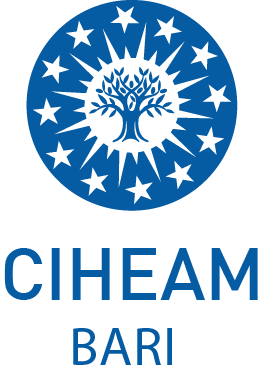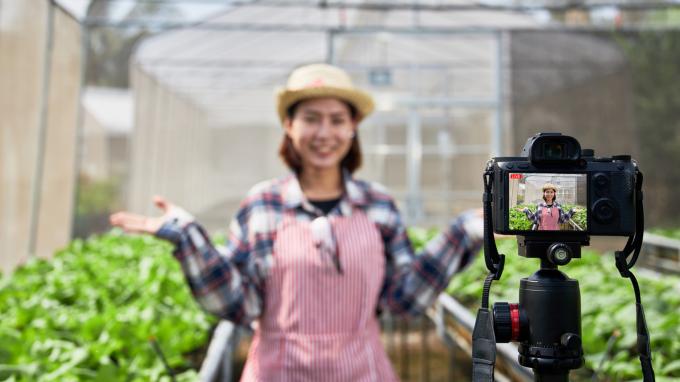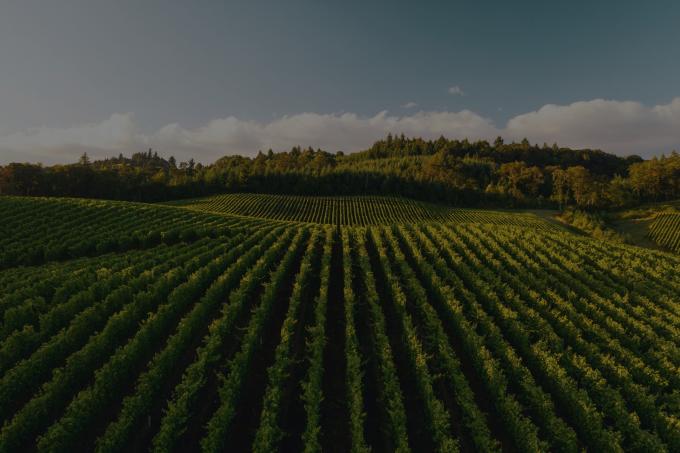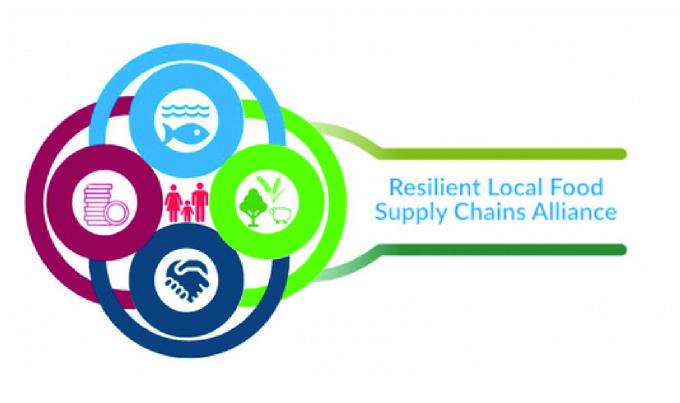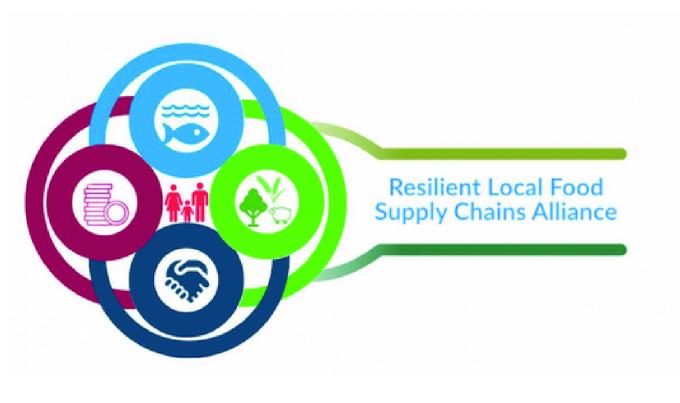Period
2023 - in progress
Amidst evolving culinary trends that favour health, traditional preserves, rich in cultural heritage, suffered an existential threat, overshadowed by contemporary giants. This practice aims to revive these fading treasures by infusing tradition with health and sustainability. This journey promotes human craftsmanship and provides employment opportunities for youth, women, and farmers. Collaborations with local producers enhance economic growth while highlighting the expertise of women in various fields. Rooted in sustainability, this practice creates premium, unique jams using seasonal local fruits and artisanal techniques. It also aims to reduce waste and greenhouse gas emissions by leveraging grape pomace. However, challenges such as reliance on seasonal fruits, market competitiveness, and the cost of natural sweeteners persist. Effective marketing strategies can help with market entry, but it is important to adapt to diverse tastes and norms when replicating them. This practice combines tradition with contemporary health demands, promoting heritage, sustainability, and community enrichment through a flavourful and wholesome culinary experience.
You must be registered to see all the content
Identification needs
While everything is evolving, and people are shifting towards healthier eating options, the healthiness of traditional preserves, part of our cultural heritage, is questioned, overshadowed by commercial giants that respond better to current trends. The reduced competitiveness of traditional desserts not only threatens our culinary heritage but also challenges their ability to meet sustainable development requirements. On the other hand, a lot is lost as side streams -peels, pomace, seeds - during the food production process, even though they are often the most nutritious parts, highly rich in valuable ingredients such as polyphenols and oils to produce new types of value-added food products. That's why we noticed the importance of rethinking traditional recipes while taking part in the upcycling market, and created a new line of jam with the same authenticity but without refined sugar and with a higher polyphenol content extracted from grape seeds.
Stakeholder change
By preserving the authenticity of the jam-making process, we ensure that the human touch cannot be replaced by machines which would guarantee the creation of job opportunities for youth, women, and farmers. Our project is dedicated to supporting local producers, farmers, and suppliers while also generating job opportunities and new revenue streams for women. We are committed to supporting the local agricultural community and economy by sourcing almost all our raw materials, natural sweeteners, and equipment from local producers and suppliers. To illustrate, up to now, we have partnered with three agri-food producers and nearly eleven local suppliers. Furthermore, our project has collaborated with four women experts in various fields, including legal affairs, design, web development; promoting gender equality and showcasing women's expertise and professionalism.
Change triggered
The jam production practice involves the creation of artisanal jams using locally sourced fruits, emphasizing sustainable methods. The different factors that secure the success of the project are: The use of locally sourced, seasonal fruits that ensures freshness and supports local farmers- The application of artisanal production methods that lead to unique and high-quality jam products- The valorization of grape pomace to promote the importance of reducing GHG emissions produced from the food waste going to landfills and turned into methane. However the limits of the Practice are: the reliance on seasonal fruits, the highly competitive markets, and the cost of natural sweeteners. The potential Constraints in Duplication are: - The duplication of the practice in a different region that may require adaptation to local tastes and preferences. - Entering markets will require new market strategies, compliance with local regulations, new laboratory testing and labeling.
Short description
The feasibility and the implementation of the practice could be guaranteed because of :-The availability and the simplicity of the raw materials.- The development of standardized recipes and production processes to ensure consistency in taste, texture, and quality in each batch.- The adherence to standardized procedures and the compliance with relevant regulations and food safety standards.- And, the use of modern and simple marketing strategies to enter new markets.



